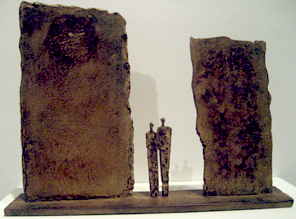Detention and corrections
Restorative Practices and Restorative Justice can be applied both in detention facilities with long-term inmates, mental and behavioral health facilities, and as part of a process of re-entry.
talking circles
Regular talking circles run by a trained facilitator in a detention facility help inmates to develop their ability to articulate, think, empathize with others, express their feelings and communicate well. The results are improved behavior of inmates while in detention or prison, as well as a greater chance of success when reintegrating into society and possibly encountering their victim in a mediation.
victim-offender mediation
In appropriate cases where a victim has been involved and is willing to participate, a face-to-face meeting between the victim and offender before re-entry can be a powerful way to both help the victim deal with fear and anger as a result of the crime, and give the offender a chance to be accountable and to make things as right as possible.
|
re-entry circles
Re-entry Circles are sometimes called Circles of Support and Accountability because they meet the need for inmates re-entering society to be both supported and held accountable by people that they respect and have a meaningful connection with. Re-entry circles with a trained facilitator provide a regular structure that would begin during incarceration and continue after the individual has been released, and could include family members, community members and professionals. |


